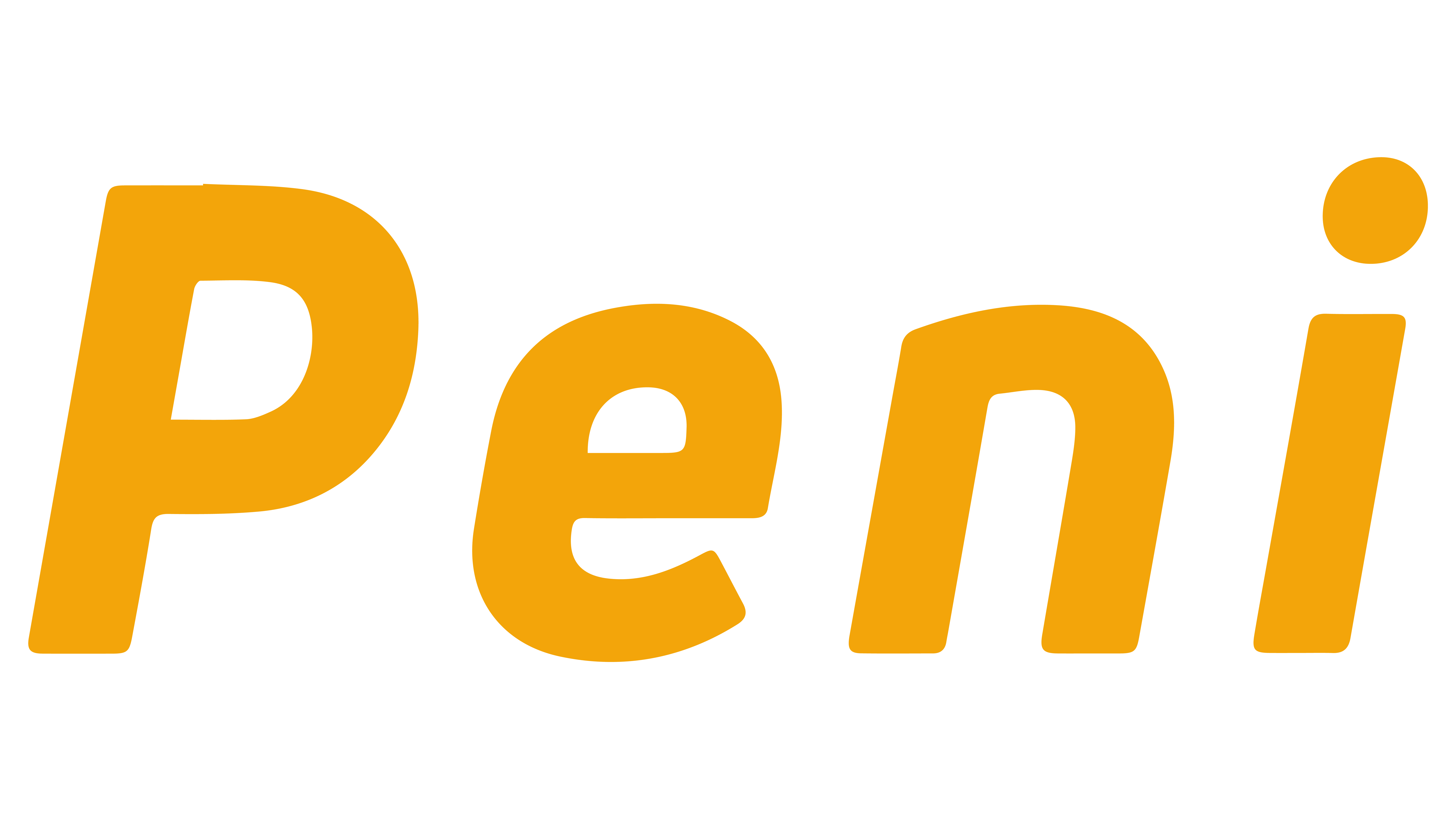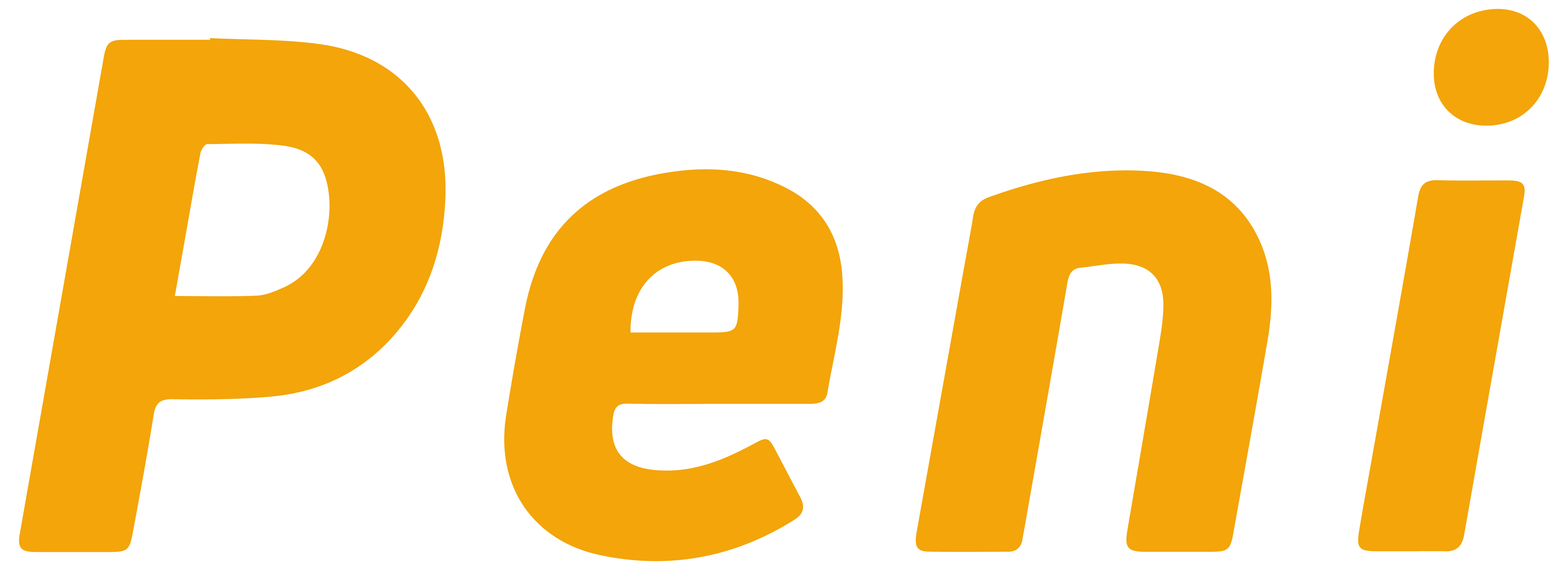Do you know the key distinctions between secured vs unsecured loans? If not, learning about this subject can enable you to make more educated choices next time you opt for a loan.
Often, people turn to loans when they need extra money for various reasons. For example, you may take out a loan to buy a house or car. Some students also get loans to help pay for their education. Sometimes people with health problems will also get medical loans.
Not all loan debt is the same; without being mindful, it can get really pricey or even lead to bankruptcy. So, what separates secured from unsecured loans, and how do they impact your finances?
What is a secured loan?
A secured loan is a type of borrowing in which the lender requests that the borrower provide some form of collateral in exchange for the loan. This collateral may be in the form of a house, car, or other valuable assets that the lender can seize if the borrower is unable to pay back the loan.
Unlike unsecured loans, based solely on the borrower’s creditworthiness and ability to repay, secured loans typically have lower interest rates and more favourable repayment terms because they offer lenders greater assurance that they will get their money back.
Examples of Secured loan
Here are some examples of secured and unsecured loans so you can better understand the difference between the two:
Home loans or mortgage
A mortgage loan is one of the more common types of secured loans. With a mortgage, you borrow money against an asset, such as a property. This way, the lender has some security if you default on the loan.
If you fall behind on your payments, your lender will send you past-due notices, and if this goes on for an extended period, they might repossess the asset and attempt to sell it to cover the debt.
Vehicle or auto loans
Like home loans, vehicle loans use the purchased item as collateral. Repayment failure results in the lender selling the vehicle to compensate for any losses. Standard types of vehicles used as collateral include automobiles, boats, bicycles, and aeroplanes.
Secured credit card loans
A secured credit card is a type of credit card that requires a security deposit, which typically equals your desired credit limit. For example, if you want a credit limit of Ksh. 100,000, you must first deposit Ksh. 100,000 into a savings account.
This way, the lender knows that they will at least get their money back even if you don’t make your payments. The interest rates for these cards are often higher than for unsecured cards because the lender is taking on more risk.
What Can be Used as Collateral for Secured Loans?
As collateral for secured loans, borrowers can use various types of assets. Lenders usually prefer liquid assets that can be sold quickly in the market. But any asset allowed by the law can be used as collateral. Some common examples of acceptable collaterals include:
- Home, house property, or real estate.
- Bank accounts, certificates of deposits, money market accounts, etc.
- Cars, autos, trucks, bikes, boats, aeroplanes.
- Share certificates, mutual funds, Insurance policies, and bonds.
- Gold, high-end collectibles, and valuables.
Secured Loan Interest Rates
As mentioned earlier, interest rates on secured loans are generally lower than on unsecured loans. This is mainly because the principal is backed by collateral, which assures the lender that they will get their money back even if the borrower defaults.
The interest rate will also depend on the type of asset used as collateral. For example, home loans usually have lower interest rates than auto loans because a house is considered a more valuable asset than a car.
Similarly, loans against gold or other valuables generally have higher interest rates because they are more difficult to sell.
Advantages of Secured loans
Secured loans offer a number of important benefits:
- They are typically easier to obtain than unsecured loans.
- Often come with lower interest rates.
- They can be used to borrow larger amounts of money than is possible with unsecured loans.
- Give borrowers greater peace of mind, knowing that their assets are protected in case of default.
- The loan term can be longer, like ten or twenty years, leading to low monthly instalments.
- Approval on these less risky loans from the lender’s side is easy and immediate.
Disadvantages of Secured loans
Like any other thing, secured loans came with some disadvantages too, which are as follows:
- If the borrower cannot make repayments, they could lose their home or other assets used as collateral.
- The upfront fees are sometimes very high, which leads to high initial costs.
- Prepayment penalties may apply in some cases, which could make it difficult to pay off the loan early.
Read Also: What You Need To Know Before Getting a Personal Loan
What is an Unsecured Loan?
An unsecured loan is a type of loan that does not require any collateral from the borrower. This means the lender is taking on more risk because they have no assets to fall back on if the borrower defaults on the loan.
As a result, unsecured loans usually have higher interest rates and shorter repayment terms than secured loans.
Examples of Unsecured loan
Personal Loans
These loans don’t require security or collateral, but the interest rates are higher than average.
Travel Loan
If you want to travel but don’t have the funds, you can take out a loan. The lender will check you credit score and ability to repay the loan before loaning you the money.
Student Loans
Many students need to take out loans to pay for their education. The interest rates are usually lower for student loans, but the repayment terms can be long.
Business Loans
Small businesses often take out unsecured loans to start or expand their operations. The interest rates are usually higher for business loans than for personal loans.
Credit Cards
Credit cards are unsecured loans that allow you to borrow money up to a certain limit. The interest rates are usually high, and you will be charged late fees if you don’t make your payments on time.
Unsecured Loan Interest Rates
Interest rates on unsecured loans are generally higher than on secured loans because the lender is taking on more risk by lending money to a borrower without collateral.
The interest rate will also depend on the borrower’s creditworthiness. Borrowers with good credit scores usually qualify for lower interest rates because they are considered lower risk.
Similarly, borrowers with bad credit scores usually pay higher interest rates because they are considered a higher risk.
Advantages of Unsecured loans
Unsecured loans offer a number of important benefits:
- They are easier to obtain than secured loans.
- No colleterial is required so they can be used for any purpose. The interest rates are often lower than with secured loans.
Disadvantages of Unsecured Loans
Even though unsecured loans offer many advantages, there are some disadvantages to consider as well:
- Higher Interest Rates: Since there is no collateral securing the loan, lenders view unsecured loans as a higher risk and therefore charge higher interest rates.
- Credit Score: A loan is only given to the borrower according to the credit score; if the borrower’s credit scorer is faulty, no loan will be granted.
- Limited Amounts: A borrower can take a loan only up to a specific limit determined by the lender.




